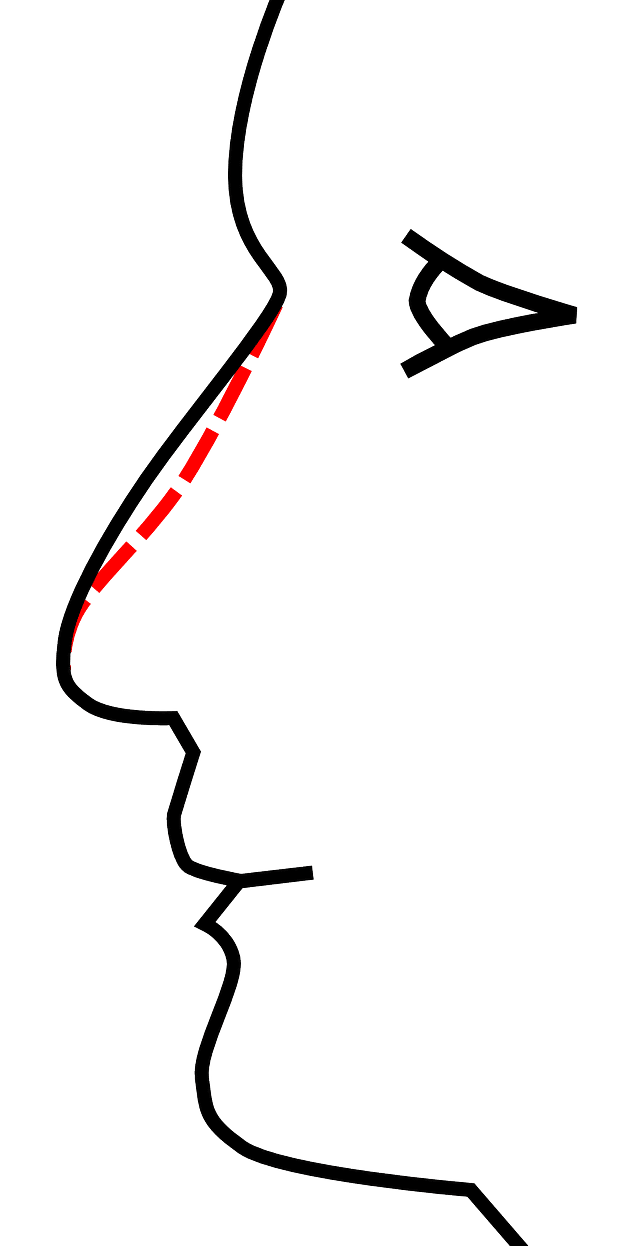
Rhinoplasty is a surgery that allows you to correct aesthetic defects of the nose.
A rhinoplasty is a surgical intervention that is carried out with the intention of correcting certain defects of the nose. This is one of the most common cosmetic surgeries .
When the operation aims to resolve functional issues, it is called a septoplasty . There are certain interventions that combine both aspects (aesthetic and functional) and are called functional rhinoplasty or septorhinoplasty .
Before rhinoplasty
Before performing a rhinoplasty, the surgeon must perform a pre-surgical analysis and talk with the patient to find out what their needs are. Once the possibilities have been analyzed, both (surgeon and patient) must agree on how the intervention will be developed.
The surgeon also has the obligation to explain to the patient the effects of rhinoplasty and inform him about the characteristics of the post-operation stage. Among the possible complications of these surgeries are infections, postoperative bleeding and nasal obstruction .
Rhinoplasty itself can be carried out in different ways, which the surgeon will determine according to the patient and his own experience. Once the intervention has been completed, the surgeon uses plugs and bandages that, over time , will be removed until the rhinoplasty process is complete.

Before the intervention, the surgeon must explain to the patient the risks linked to rhinoplasty.
Risks and possible complications
It is important to highlight that, although rhinoplasty has high social acceptance and is a surgery that celebrities usually "pursue" , it is a surgical intervention that carries risks and eventual complications, like any other.
That is why it is not advisable to encourage rhinoplasties among minors or present them as the only path to physical acceptance.
Myths about rhinoplasty
Since rhinoplasty is not a simple intervention and, depending on the point of view, it can be considered very violent for the body, many people who want to show off a new nose hesitate a lot before taking the last step . But there is also a long list of myths that frighten the undecided even more, since they talk about "terrible experiences", "painful postoperative periods" or "irreversible lifestyle changes" due to certain restrictions. Let's look at some of them below:
- It is no longer possible to laugh out loud : this is one of the most common fears, since the nose also moves when we laugh . Some people claim that it is not even possible to smile after rhinoplasty. However, it is known that plastic surgeons trace the sutures in such a way that they can be stretched in the appropriate direction to move the face as before the intervention.
- Scars are very visible : first of all, it is important to note that scars always remain, no matter how small they are or how well the surgeon knows how to conceal them. This statement is also a myth, since it is normal for the procedure to be performed in such a way that the scars are very well hidden, either inside the nose or along the natural lines that can be seen on eyes. sides of the nostrils.
- Rhinoplasty can lead to cancer or allergic reactions : this is especially true of interventions that require the placement of an implant, in the same way that many claim that this almost always brings complications and leads to the need for a replacement shortly after. According to experts, these problems are not inherent to the operation , but can occur if the surgeon uses an inappropriate or poor-quality product .
- Postoperative pain is terrible : it is also said that pain is felt during the operation, but the truth is that in many cases local anesthesia is sufficient and some patients do not even take the indicated painkillers for the recovery period.
